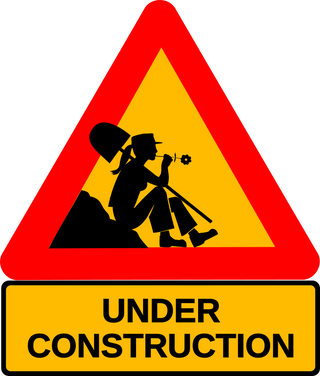Menu

Nature’s Best Hope – a book review
Nature’s Best Hope – a Book Review by Chaz Morenz
Title: Nature's Best Hope; A New Approach to Conservation That Starts in Your Yard Author: Douglas W. Tallamy, 2019.
I always enjoy reading Douglas Tallamy’s books. They are full of insights, deep knowledge of North American ecosystems, and yet very accessible. Page by page I learn tidbits of interesting information, woven into a whole plan for improving the planet in which we live. Sometimes I feel like one of the fledglings that he talks about, there is so much to learn. Tallamy's book is focused on the US, but we can certainly use his advice here in Southern Ontario as well. The specific ecosystems may be different, but the principles are the same.
What is the book about?
Until now much of our conservation efforts have focused on tracts of land where we try to preserve a natural environment. However, Tallamy points out that these are too few and far between. In order to preserve viable populations of our wild creatures, we need to create bigger and more interconnected areas for them. The big idea of Tallamy’s new book is that we need a “Homegrown National Park.”. In the contiguous US83% of land is privately owned; the lowest hanging fruit for this endeavour is the land we each privately own. In Canada this is not the case, as 89% of Canada is crown land, just not so much of it in our own bio-region. In short, he is talking about our backyards, the land around our places of work, and any other scrap of land that isn’t already paved over. We need to step away from the idea that nature exists somewhere else. Nature exists right where you are and we all need to practice stewardship.
He points out that insects are the primary mechanism through which energy from the sun is transferred to animal life. “Most vertebrates do not eat plants directly, far more often, they eat insects that have converted the plant sugars and carbohydrates in to the vital proteins and fats that fuel complex food webs.“. Not only do they pollinate the huge number of plants on earth, they provide many other essential ecological services as well. A healthy population of insects is vital to a healthy ecosystem. In order to preserve life on earth, we need to preserve the insects.
In order to preserve the insects, we need to have lots of local native plants
Ninety percent of insects that eat plants, can only eat the plants that they co-evolved with. Wow! Think about that!
If your garden has mostly plants that evolved in other locales, then it is unlikely they are plants that your local insects can use. I've observed that this is often a reason for bringing foreign plants into ornamental gardens. They simply don’t get eaten as much. But, if you want to have a healthy ecosystem, then you need to provide food for your insects to eat. So, you need to provide local native plants for them.
Which plants?
Research has shown that there are a few genera of plants that are key to providing an ecosystem that can support many insects. These are the keystone genera, and are required even if there is otherwise a wide variety of plants. “Throughout most of the United States, native oaks, cherries, willows, birches, cottonwoods, and elms are the top woody producers, while goldenrods, asters and sunflowers lead the herbaceous pack...”. Here in Toronto, we should look to local references such as the Grow Wild in Carolinian Canada program. (https://caroliniancanada.ca/grow-wild).
Here are the 10 steps that Doug Tallamy tells us we each MUST follow:
-
Shrink your lawn – it’s not doing it’s fair share to support species.
-
Remove invasive species – those introduced plants that tend to spread.
-
Plant keystone genera – that can do the heavy lifting to support more species.
-
Be generous with your plantings – increase the abundance and diversity of your plantings.
-
Plant for specialist pollinators – so that both the specialists and generalist insects can be supported.
-
Network with neighbours – two yards are bigger than one.
-
Build a conservative landscape – think ecologically in all you do. Do you need a light on all night? It’s really gonna mess up the moths!
-
Create caterpillar pupation sites under you trees – they need a place to live in the winter too.
-
Do not spray or fertilize – most native plants are adapted to the low nitrogen soils and don’t need fertilization. (Bonus!)
-
Educate your neighbours – get everyone involved.
At Plants in the City we have a substantial list of native perennials in our catalog available for delivery right to your front door. Take a look the “Best Natives” and the “All our Native Plants” collections to select plants to add to your garden.
Browse the Online Nursery- Choosing a selection results in a full page refresh.

